Chronic Lyme Disease can present with a wide variety of symptoms ranging from neurological (brain fog, parasthesia, acute to chronic fatigue, headaches), to psychological (irritability, depression, bi-polar-like symptoms), to musculo-skeletal inflammatory conditions (fibromyalgia, arthritis, joint pain, impaired muscle movement). I’ve been working with clients to manage chronic Lyme disease since 2004 as a Reflexologist and since 2011 as a Clinically-trained Aromatherapist. [see my bio]
Reflexology and Lyme Disease
Reflexology is a pressure point modality applied to the maps of the feet, hands, and/or ears which resemble a mirror image of the human body. The therapy works through the chemical, electrical, and nervous systems of the body – sending messages to balance organs and parts in far reaching areas of the body. Reflexology is a unique therapy that can address whole-body support through non-invasive pressure techniques. Each session is customized according to the client’s global health goals as well as acute symptoms and concerns. Through light to moderate pressure techniques a stable rhythm of information is sent and received through the Central Nervous System. We see an improvement in blood and lymph circulation throughout the body, an improvement in nerve response, and a general sense of well-being after a Reflexology treatment.
See: http://aor.org.uk/custom/footmap and http://aor.org.uk/custom/handmap for helpful, interactive Reflexology charts of the hands and feet.
Aromatherapy and Lyme Disease
Clinical aromatherapy is the controlled use of essential oils and hydrosols to support physical, emotional, and psychological wellness goals. Essential oils are natural essences extracted through steam distillation or expression of aromatic plants. Hydrosols are the fragrant waters obtained in steam distillation of aromatic plants. The chemistry of an essential oil or hydrosol will determine the therapeutic and energetic actions as well as the safety considerations and drug interactions. When supporting a client with Lyme disease I will select essential oils based on their chemical properties to change the perception of pain, provide anti-inflammatory and analgesic support, support mood and mental acuity, encourage rest and relaxation, bolster energy for short-term fatigue, and to enhance the body’s innate self-healing abilities.
Aromatic Medicine and Lyme Disease
Aromatic medicine is an advanced form of botanical medicine that may be of especial interest to the client with a chronic Lyme diagnosis. This modality employs the mucous membranes as routes of absorption using carefully dosed aromatics. This service was added to the practice in 2016 following a 300 hour training course in this modality.
Supporting Sleep and Rest
Sleep and rest are your allies during chronic illness. It is not uncommon for the body to call for 12 or more hours of sleep and rest in a 24 hour time period, especially during peak activity of symptoms. Insomnia is a common problem amongst chronic health conditions and can lead to diurnal cortisol dysregulation, or a flattened circadian cortisol cycle.
Reflexology points to encourage a relaxed state include:
- HPA Axis – the HPA Axis is the: Hypothalamus, Pituitary, and Adrenal glands. This access helps to regulate our response to stress, mood, energy (storage and expenditure), and the circadian cycle.
- Solar Plexus – the solar plexus is a deeply relaxing point that encourages deep diaphragm breathing.
- Vagus Nerve – the vagus nerve is the gut’s direct route of communication with the brain, this series of points encourages relaxation through a parasympathetic response.
Essential Oils and Hydrosols to consider in a treatment plan to support sleep and to encourage a relaxed state might include:
- Bergamot (Citrus bergamia) has sedative, neuroprotective, and antidepressant properties. Dosing is of utmost importance for this phototoxic essential oil, it should also be avoided with certain autoimmune conditions.
- Clary Sage (Salvia sclarea) is mildly hypnotic (often compared to cannabis), a nervous restorative, and relaxant. Do not combine with sedatives, alcohol, and other hypnotics.
- Lavender (Lavandula angustifolia) has sedative and analgesic actions. Lavender should be avoided with certain autoimmune conditions.
- Petitgrain (Citrus aurantium var amara) is indicated in fatigue-induced insomnia.
- Roman Chamomile (Anthemis nobilis) has anti-inflammatory, sedative, and anti-anxiety properties.
A note on immune-stimulating essential oils: in the event the immunopathogenesis of Lyme disease develops an autoimmune condition, the stimulating effect of certain essential oils can have potentially undesirable effects on the advancement of the autoimmune response. Stimulating specific lymphocyte production in the case of an autoimmune condition can potentially increase symptom severity. It is recommended to discuss your specific lab findings with your aromatherapist prior to use of essential oils.
Combined Reflexology and Aromatherapy Efforts
In my treatment room I frequently use a combination of Reflexology and Aromatherapy for their synergistic effects on the body. After a Reflexology treatment I may send a client home with an aromatherapy product such as a liniment, base for a foot soak, or a personal inhaler, to help stretch the effects of the session longer.
To request an appointment or distance consultation please consult my online scheduler.
Article has been updated on 7/12/19.



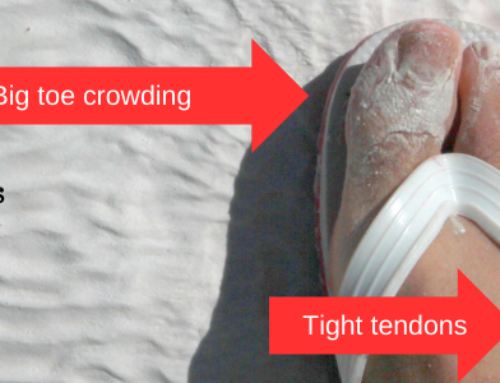
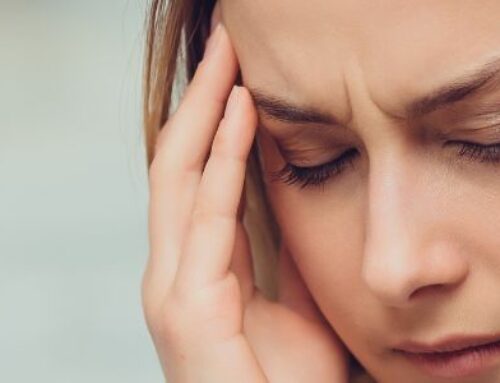

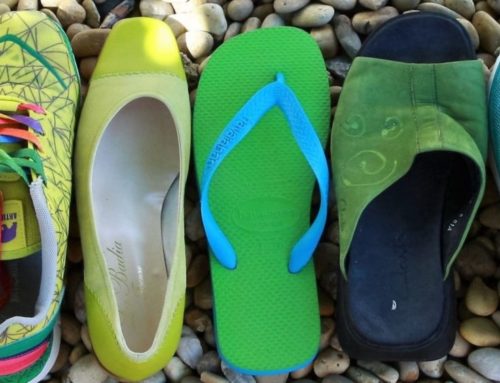
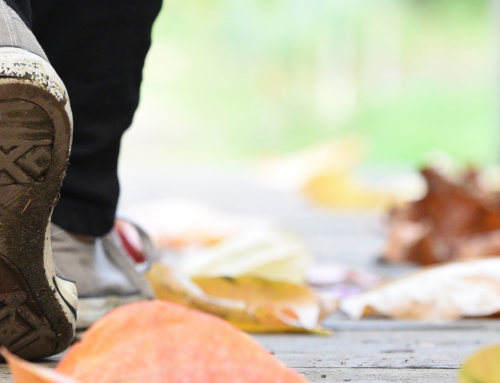
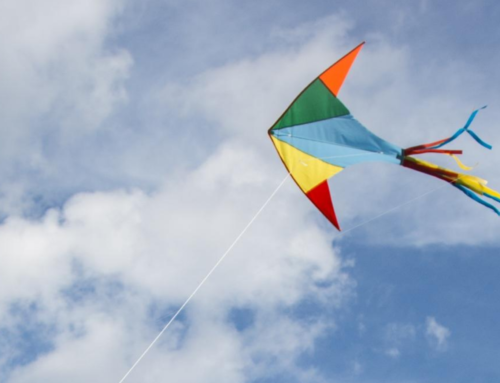
Interesting that your aromatherapy treatment of Lyme disease is all about support, but not killing the bacteria? Why is this? There are oils known to have anti-bacterial properties, but they haven’t made a mention in this blog about a bacterial disease.
Good question, Susie! A couple of reasons why:
1.) We don’t have adequate in vivo (in human) research on specific actions of essential oils on the various bacterial infections associated with Lyme. And since ‘anti-bacterial’ doesn’t equal “universally kills all forms of bacteria” further research is necessary to advance this as a potential treatment form.
2.) I refer my Lyme clients out to an aromatic medicine practitioner when they are interested in this service that requires a prescription from a licensed medical professional in this country.
In summary, as an aromatherapist my role is to offer support, not to treat, I leave the treating and diagnosing to doctors. 🙂